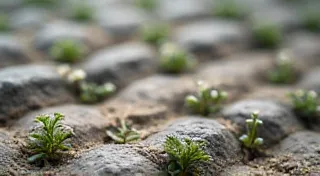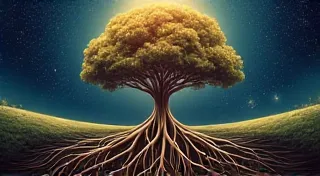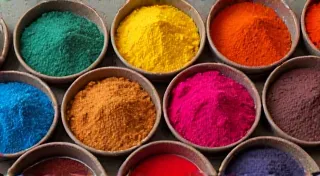Symbiotic Whispers: Mycorrhizae & the Collective Intelligence of Herbs
There's a resonance, isn’t there? A quiet hum that vibrates beneath the surface of things, particularly when you’re immersed in a space filled with the scent of dried herbs. It’s a feeling that’s difficult to articulate, but it speaks of connection, of ancient knowledge passed down through generations. It reminds me of my grandfather's antique accordion, a hulking beauty of bellows and keys, each note a whisper of a bygone era. Like the accordion, herbs aren't isolated entities; they are interwoven into a complex web of relationships, a system as intricate and beautiful as the instrument itself. And at the heart of that system lies a secret network, a fungal "wood wide web" that we're only beginning to understand: mycorrhizae.

The Underground Connection: Mycorrhizae Explained
Most of us think of botany as a study of plants, of leaves and flowers and the visible parts of the green world. But a significant portion of plant life exists beneath our feet, in the intricate network of roots and the mycelial threads of fungi. Mycorrhizae are symbiotic relationships between fungi and plant roots. The term itself comes from Greek: "mykes" meaning fungus, and "rhiza" meaning root. These aren't parasitic relationships; they're mutually beneficial partnerships where both organisms thrive. The fungi, with their vast network of hyphae – microscopic filaments – effectively extend the plant's root system, allowing it to access water and nutrients from a far greater area than its roots alone could manage. In return, the plant provides the fungi with sugars produced through photosynthesis.
Think of it this way: a plant’s roots are like a person with limited mobility, confined to a small area. The mycorrhizae are like a network of helpers, extending their reach, exploring the soil, and bringing back resources. The impact is profound, particularly for plants growing in nutrient-poor soils. Mycorrhizal relationships are incredibly common, estimated to be associated with over 90% of plant species, including many of the herbs we rely on for traditional medicine. The experienced herbalist intuitively understands these dependencies, drawing upon generations of observation— a process akin to the art of the gardener’s intuition, where keen observation and deep connection to the land unlock the secrets of botanical success.
Regional Herbal Remedies: A Fungal Perspective
The implications for regional herbal remedies are fascinating. Traditional medicine systems around the world—Ayurveda, Traditional Chinese Medicine, Native American herbalism—have long recognized the importance of the soil in determining the potency and efficacy of plants. Grandmothers’ wisdom, passed down through generations, often includes specific instructions on where to harvest a particular herb, emphasizing soil conditions, sun exposure, and proximity to other plants. We’re beginning to understand that this wasn’t just intuition; it was an implicit understanding of the mycorrhizal network. A plant growing in a soil rich in fungal connections will likely be stronger, more resilient, and more medicinally active. The careful selection of herbs—the very act of mapping those medicinal landscapes—reveals a profound appreciation for the interconnectedness of plant life and its environment. This intricate process could be likened to the herbalist’s cartography, a practice of charting and understanding these complex relationships.
Consider, for instance, the wild harvesting of St. John’s Wort (Hypericum perforatum) in Europe. Traditional herbalists have long noted variations in the plant's properties depending on the location. A plant thriving in a healthy mycorrhizal community might contain higher concentrations of hypericin and hyperforin, the key compounds believed to contribute to its antidepressant effects. Similarly, in Appalachian herbalism, the careful selection of ginseng (Panax quinquefolius) often takes into account the presence of specific fungi in the forest floor. The plant’s ability to access nutrients, facilitated by these fungal partners, directly influences the quality of the root and its subsequent medicinal value. These variations aren't random; they reflect the subtle differences in fungal communities across different regions, and ultimately color the very essence of the plants themselves.
This regional specificity is also reflected in the biodiversity of the fungal communities themselves. Different regions have different soil types, climates, and plant life, all of which shape the fungal populations and, consequently, the quality of the herbs growing there. It highlights the importance of supporting local ecosystems and preserving the unique fungal communities that underpin our traditional medicine systems. The artistry of the herbalist often extends beyond simple identification; it involves a delicate understanding of color and composition, much like a painter’s use of pigments. This parallels the herbalist’s palette, where color and botanical pigments are used to express and understand the essence of plants.
Craftsmanship and Connection: Echoes of the Past
There’s a parallel here that resonates deeply with my grandfather’s accordion. That instrument wasn’t simply assembled; it was crafted. The wood was carefully selected, the bellows meticulously shaped, the keys precisely tuned. Each element contributed to the whole, creating something far greater than the sum of its parts. The same is true of herbs and their mycorrhizal partners. The soil isn't just a substrate; it's a living ecosystem, a community of organisms working together to sustain plant life.
My grandfather, a talented repairman, spent years restoring antique accordions. He understood that the instrument’s character lay not just in its appearance but in its history, in the countless hands that had played it, the emotions it had witnessed. Similarly, the strength and efficacy of a herb are intertwined with its history, with the soil it grew in, the fungal community that nurtured it, and the generations of human knowledge that have guided its use. The restorative process he employed, breathing new life into these aged instruments, mirrors our own efforts to restore and preserve the health of our ecosystems.
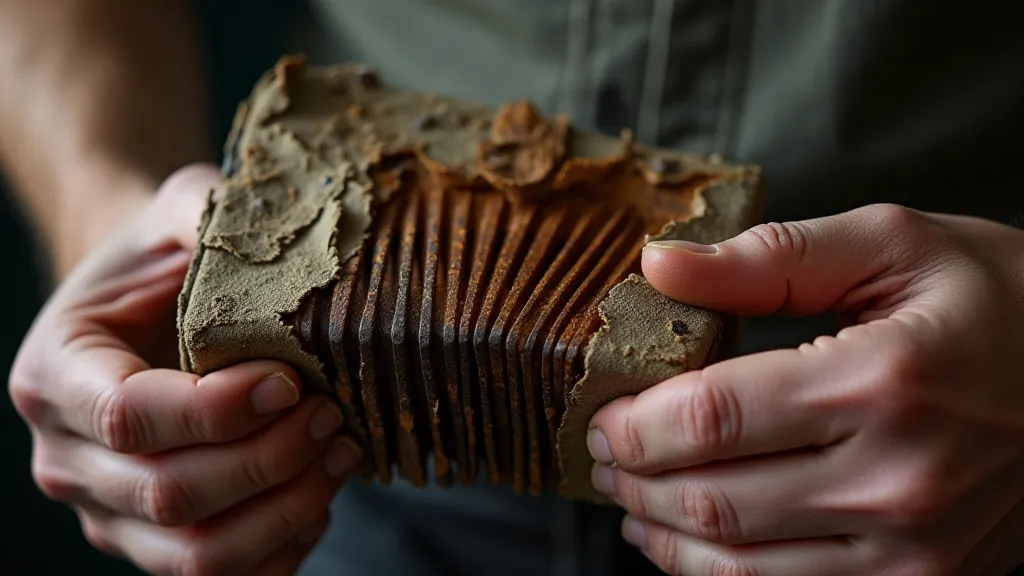
Preserving the Wisdom and the Fungi
The modern world often prioritizes efficiency and standardization, leading to the homogenization of agricultural practices and the erosion of biodiversity. But the intricate relationships between herbs and mycorrhizae remind us that true strength lies in diversity, in recognizing the unique characteristics of local ecosystems. Supporting sustainable farming practices, promoting biodiversity, and protecting the health of our soils are all essential for preserving the potency and efficacy of traditional herbal remedies. The decline of fungal diversity, for instance, has direct implications for the quality and effectiveness of the herbs we rely on.
It's a reminder that the knowledge passed down through generations isn’t just folklore; it’s a profound understanding of the natural world, an understanding that we’re only beginning to scientifically validate. By recognizing the importance of mycorrhizae, we can gain a deeper appreciation for the complexity of herbal medicine and the interconnectedness of all living things. The impact of soil health extends far beyond the plants themselves, affecting entire ecosystems and the human communities that depend on them. The preservation of this interconnectedness demands a holistic approach, one that recognizes the value of traditional wisdom alongside modern scientific understanding. Beyond mere survival, the flourishing of these systems calls for a return to practices that honor the intricate dance of life beneath our feet, where fungi and roots intertwine.
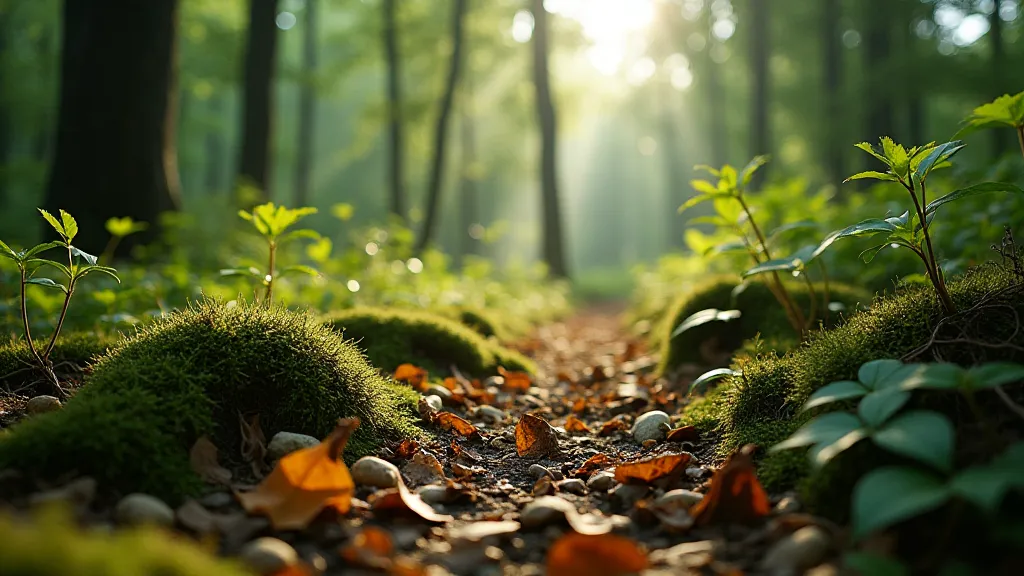
The importance of maintaining this balance necessitates a deep respect for the natural world and a commitment to sustainable practices. As we grapple with the challenges of climate change and environmental degradation, the wisdom of our ancestors offers a pathway toward a more harmonious relationship with the Earth. By embracing their insights and applying them to modern challenges, we can cultivate resilience, restore balance, and ensure the continued availability of the healing power of plants for generations to come.
Further research into the specifics of fungal communication and nutrient transfer within mycorrhizal networks promises to reveal even more about the hidden intelligence of plant communities. Just as the notes of an accordion, when skillfully played, can evoke a profound emotional response, so too can the intricate relationships between plants and fungi inspire a sense of wonder and reverence for the natural world. The future of herbal medicine depends on our ability to understand and protect these vital partnerships, ensuring that the whispers of the earth continue to resonate for centuries to come.
